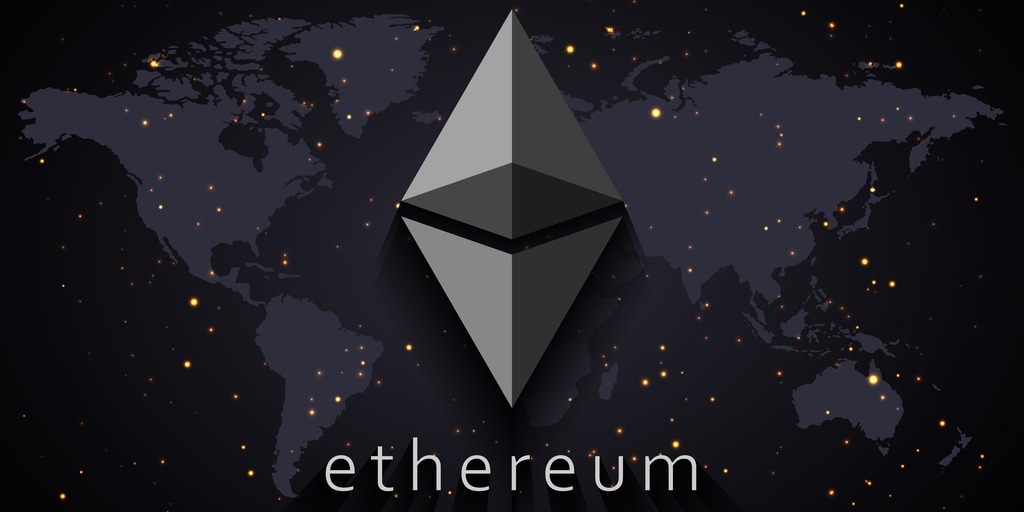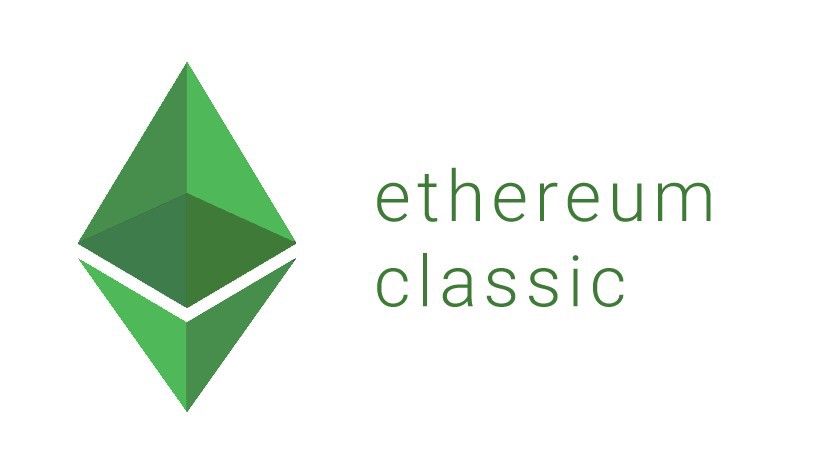Everything you need to know about Polygon (MATIC)
Definition
Polygon is a “layer two” or “sidechain” scaling solution that works in conjunction with the Ethereum blockchain to allow for quick transactions at low prices. The native coin of the network, MATIC, is used for things like fees and staking. MATIC may be bought or traded on cryptocurrency exchanges such as Coinbase.
The Ethereum blockchain is home to a varied range of economic activity, from NFT marketplaces and games to the developing DeFi ecosystem. Ethereum is ideally suited for this activity since it is compatible with smart contracts. Smart contracts can be used to create a variety of different applications.
However, as these applications become more popular, more transactions are uploaded to the Ethereum blockchain, raising transaction prices (also known as “gas”) to make small or frequent transfers no longer economically viable.
Polygon is a “Layer 2” scaling solution (also known as a “sidechain”) that was created to provide users with faster transactions and lower prices. It works as a closed parallel blockchain that operates concurrently with Ethereum’s leading network. You must first “bridge” a portion of your crypto to Polygon to use it. You may use a variety of popular crypto apps that were previously exclusively available on the Ethereum main blockchain.
What is MATIC, exactly?
MATIC is Polygon’s own cryptocurrency. It is used to pay fees and staking and governance on the Polygon network (which means that MATIC holders get to vote on changes to Polygon). MATIC can be bought and sold on Coinbase and other exchanges as well.
Welcome, @DappyNetwork to the #Polygon ecosystem!
The service would allow users to convert $MATIC to fiat and have it deposited in their local bank accounts. It is available for use in over 80 countries.
Show some 💜 here 👉 https://t.co/zidrbkuzgP pic.twitter.com/Rs0gJKsHAb
— Polygon | $MATIC News (@PolygonNews_) April 19, 2022
Polygon was given MATIC at an earlier stage in its development. After it made its debut as Matic Network in October 2017, the developers rebranded as Polygon in early 2021.
Also, read – Three common misunderstandings concerning the Ethereum Merge
What exactly is Polygon, and how does it function?
Polygon is similar to a metro express train in that it travels the same route as a regular train but with fewer stops and so travels faster. (In this scenario, the main Ethereum blockchain symbolizes the local railway.) Polygon uses a combination of technologies to generate this fast parallel blockchain and connect it to the main Ethereum blockchain.
Polygon creates new MATIC and protects the network via a proof-of-stake consensus process.
People validate new transactions and, add them to the blockchain, do the heavy labor. They may receive a portion of the money and a new MATIC in exchange. Taking on the position of validator necessitates the operation of a full-time node (or computer) as well as the establishment of your own MATIC. If you make a mistake or act intentionally, you may lose some of your staked MATIC.
Delegators stake their MATIC with a trusted validator. This is a far less dangerous variant of staking. However, doing your homework is still vital because if the validator you choose is malicious or makes mistakes, you may lose some or all of your staked MATIC.
How do you intend to use the Polygon network?
Many of the same tasks as on the leading Ethereum network are possible on the Polygon network, but with fees that are typically a fraction of a cent. QuikSwap and SushiSwap are decentralized exchanges worth checking out, as are yield-generating loan and savings protocols like Aave, NFT markets like OpenSea, and even “no-loss reward games” like Pool together.
To test the Polygon network, send some money to a compatible crypto wallet, such as Coinbase Wallet. You’ll need to have some MATIC to make trades, but even a dollar’s worth will be sufficient because the fees are so low. Then you can “bridge” some of your cryptos to the Polygon network, with stablecoins being a popular choice.
Because of its low fees and near-instant transactions, the Polygon network is an excellent place to acquire some hands-on experience with DeFi protocols. (Be aware that DeFi is incredibly volatile, so start small and only invest what you can afford to lose if you’re a beginner.)
Stay informed with daily updates from Blockchain Magazine on Google News. Click here to follow us and mark as favorite: [Blockchain Magazine on Google News].
Get Blockchain Insights In Inbox
Stay ahead of the curve with expert analysis and market updates.
latest from tech
Disclaimer: Any post shared by a third-party agency are sponsored and Blockchain Magazine has no views on any such posts. The views and opinions expressed in this post are those of the clients and do not necessarily reflect the official policy or position of Blockchain Magazine. The information provided in this post is for informational purposes only and should not be considered as financial, investment, or professional advice. Blockchain Magazine does not endorse or promote any specific products, services, or companies mentioned in this posts. Readers are encouraged to conduct their own research and consult with a qualified professional before making any financial decisions. The featured image used is just a creative depiction of the title and it does not intend to hurt sentiments of any person or institution. If it hurts anyone sentiments, please do not hesitate to reach out to Blockchain Magazine.

 Bitcoin
Bitcoin  Ethereum
Ethereum  XRP
XRP  Tether
Tether  Solana
Solana  Dogecoin
Dogecoin  USDC
USDC  Cardano
Cardano  Lido Staked Ether
Lido Staked Ether  TRON
TRON  Chainlink
Chainlink  Avalanche
Avalanche  Sui
Sui  Wrapped stETH
Wrapped stETH  Wrapped Bitcoin
Wrapped Bitcoin  Stellar
Stellar  Toncoin
Toncoin  Hedera
Hedera  Shiba Inu
Shiba Inu  WETH
WETH  Polkadot
Polkadot  Litecoin
Litecoin  LEO Token
LEO Token  Bitcoin Cash
Bitcoin Cash  Official Trump
Official Trump  Bitget Token
Bitget Token  Uniswap
Uniswap  Hyperliquid
Hyperliquid  Pepe
Pepe  Wrapped eETH
Wrapped eETH  USDS
USDS  NEAR Protocol
NEAR Protocol  Ethena USDe
Ethena USDe  Aave
Aave  Aptos
Aptos  Internet Computer
Internet Computer  Ondo
Ondo  Ethereum Classic
Ethereum Classic  WhiteBIT Coin
WhiteBIT Coin  Monero
Monero  POL (ex-MATIC)
POL (ex-MATIC)  Cronos
Cronos  Render
Render  Mantle
Mantle  Algorand
Algorand  Dai
Dai  MANTRA
MANTRA  OKB
OKB 




